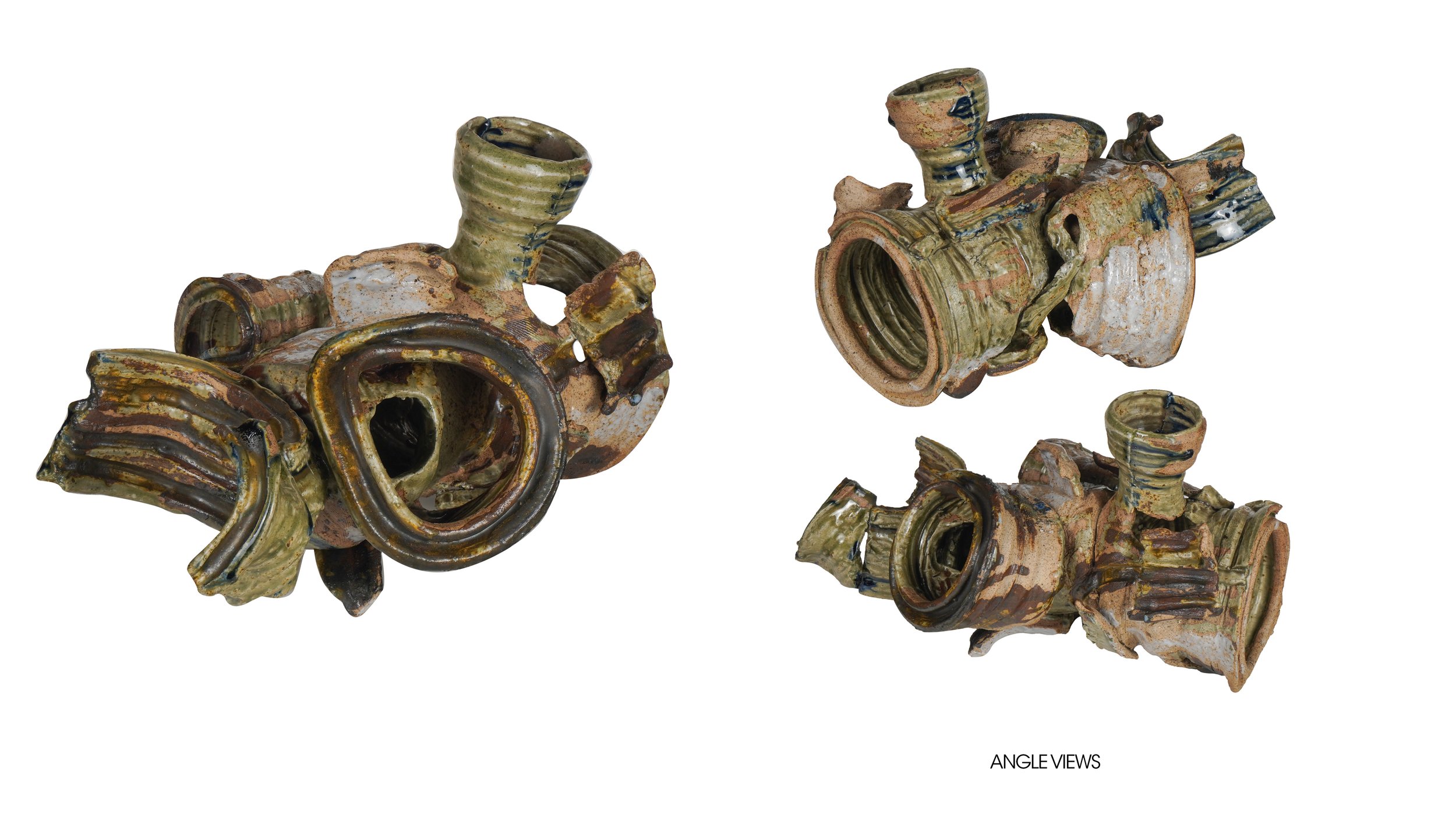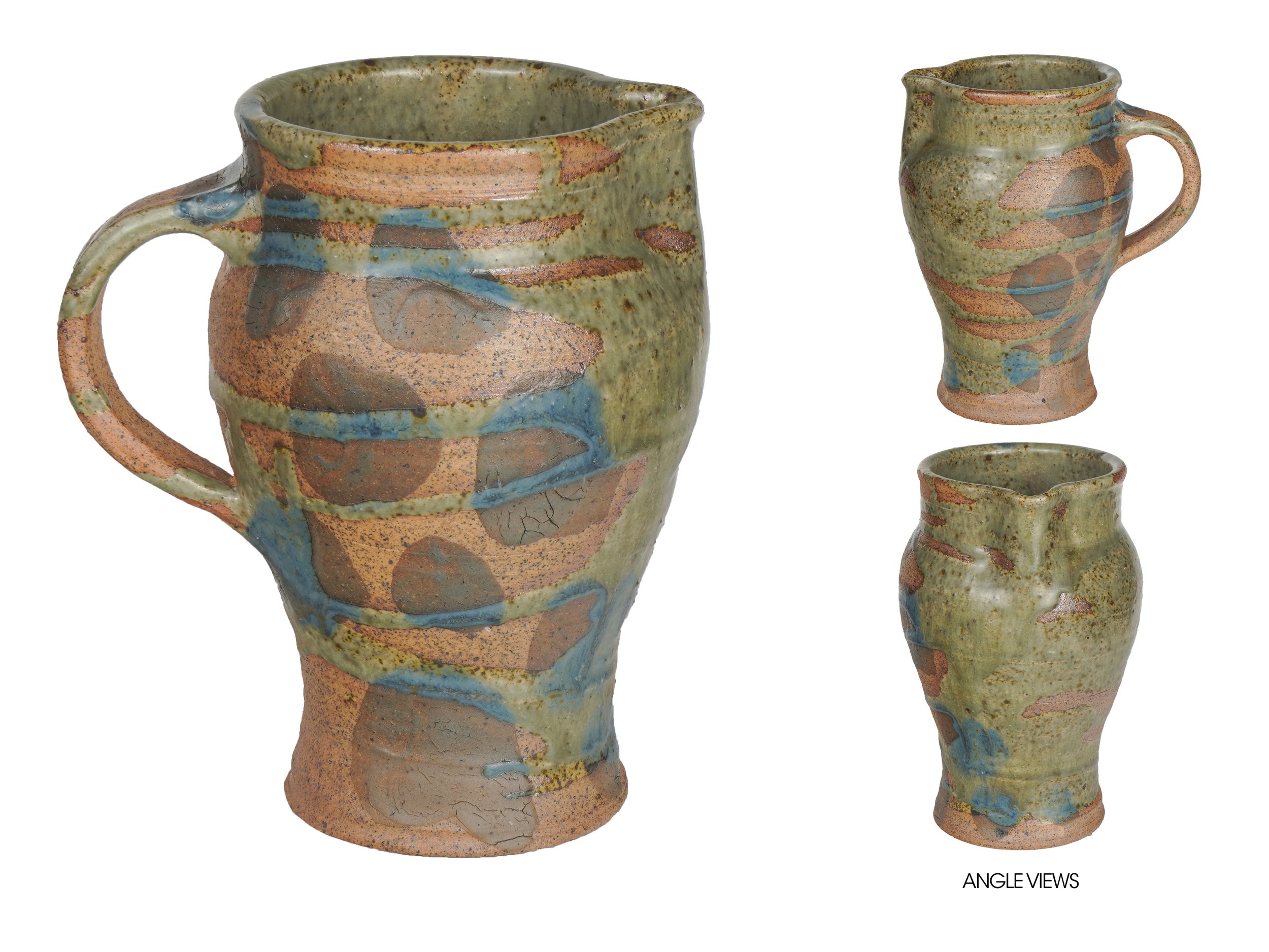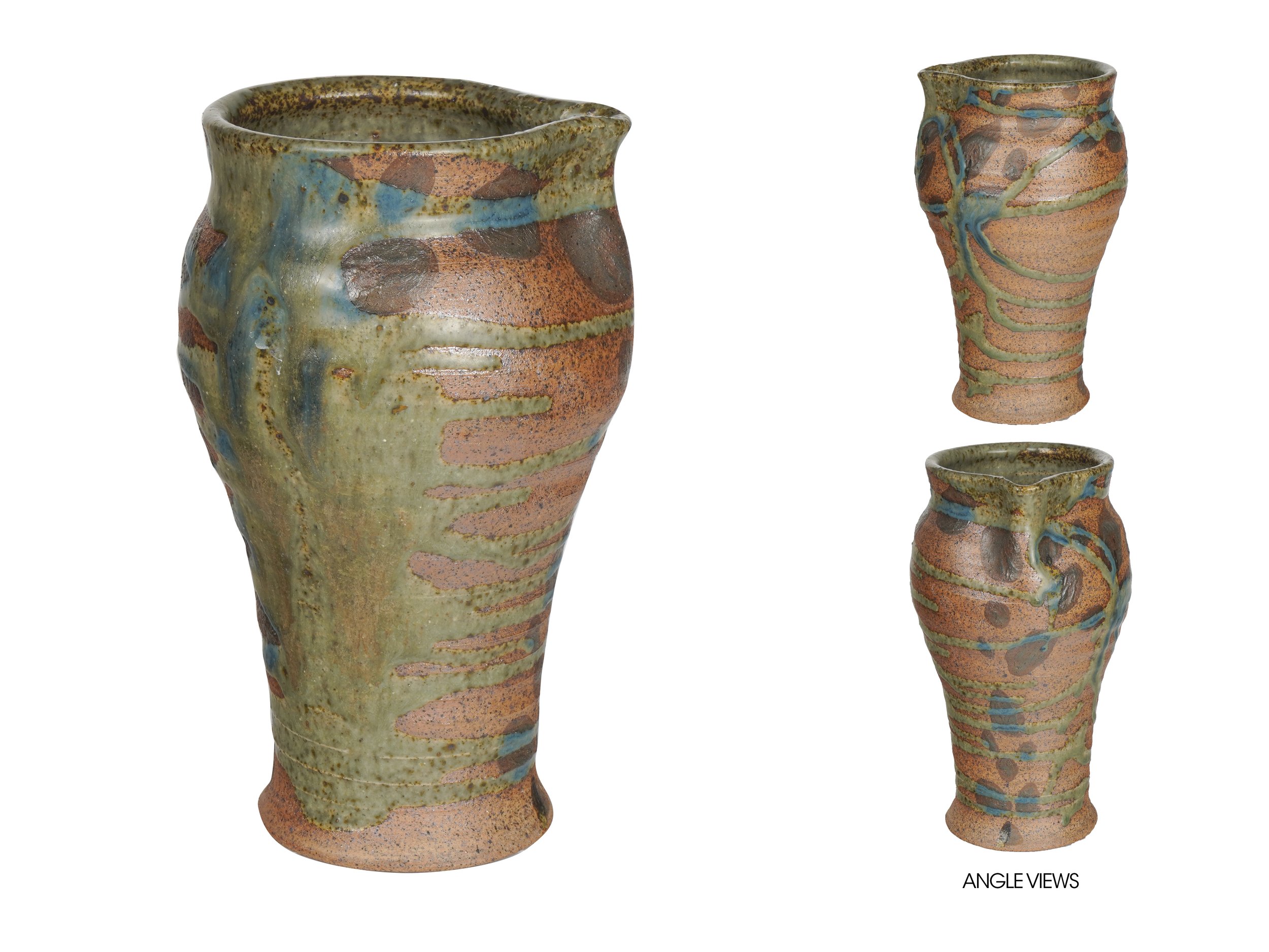
My latest collection exhibits abstract expressionist executions of sculptural ceramics. Each sculpture is a physical manifestation of tension and repair, hurting and healing, chaos and calmness. I tap into my inner psyche to explore the concepts of evolution and stagnation, in assembling deconstructed wheel-thrown pieces, using the language of Filipino Table Culture and Terroir Ceramics.
Jose Solon Perfecto, Artist Statement
Photos by Aphro Living | For prices and viewing, contact aphroliving@gmail.com or +63.919.990.8679.




















Terroir & Tapestries
Terroir and Tapestries is a group exhibit by Pablo Capati III, Geraldine Javier, Paulo Lozano, Mikee Naval, and Jose Solon Perfecto; curated by Stephanie Frondoso
“Terroir” is the French term for a wine’s sense of place – distinct from its origins or make, inclusive of the seasons and climate at the time of planting and harvest, local to the plot of land – and how it translates in flavor, body, and even aroma. Its lexical semantics have easily become standards for artistic attention, joining the vernacular of the culinary world, tobacco, and architecture as expressions of taste and experience. Clay is no different, in the hands of a potter, particularly in its foraging, blending, aging, and final form.
This group exhibit features works from various terroirs across the Philippines. For a few days this past year, potters Paulo Lozano, Mikee Naval, and Jose Solon Perfecto were together at Pablo Capati III’s farm in San Jose, an in-land municipality once called, “Malaking Tubig,” or “big river.” When Taal Volcano erupted in the 1750s, the river was destroyed. The land, however, remains, and flourishes with coffee and black pepper today. Capati’s farm grows rambutan trees, too, which, when felled, make their way into his ash glazes. Some of the potters’ works were handbuilt, thrown on the kick wheel, and fired in the anagama kiln of Capati, whose studio as well as decades of experience in ceramics he made available to the younger artists.
Manila-based pottery instructor Lozano finished his pots in different studios, bearing the same shape but each producing its own character – some capturing the ash in a wood firing, others plunged into combustible organic material at peak temperatures straight out of a raku kiln. A select few have glazes of his own formulations, applied for the first time. Naval’s intuitive approach to her coiled vases and sculptures reflect her daily coastal life in Sorsogon. Naked clay bodies reveal the pinches of her fingers on the vessels, imprints of her meditations on nature. Solon Perfecto, for his part, breaches from the dogmatic sensibility of his early work. He disassembles wheel-thrown pieces into abstract expressionist sculptures with ash glazes from his own studio’s mango trees and rice husks in La Union, finding self-portraits staring back at him.
Ultimately, the show explores what the land gives to the artist and what they return. Potters mold and create to leave behind artifacts of culture and civilization. The celebrated painter, Geraldine Javier, in her Ode to Grey tapestries – using flora from her studio in Cuenca, near the Capati farm – veil the physical elements in the ceramics with her spiritual narrative of the life cycle, which ends – as we know it – in death, reminding us that our bodies, after all, become part of the land again.
Written By Aussy A. Perfecto









